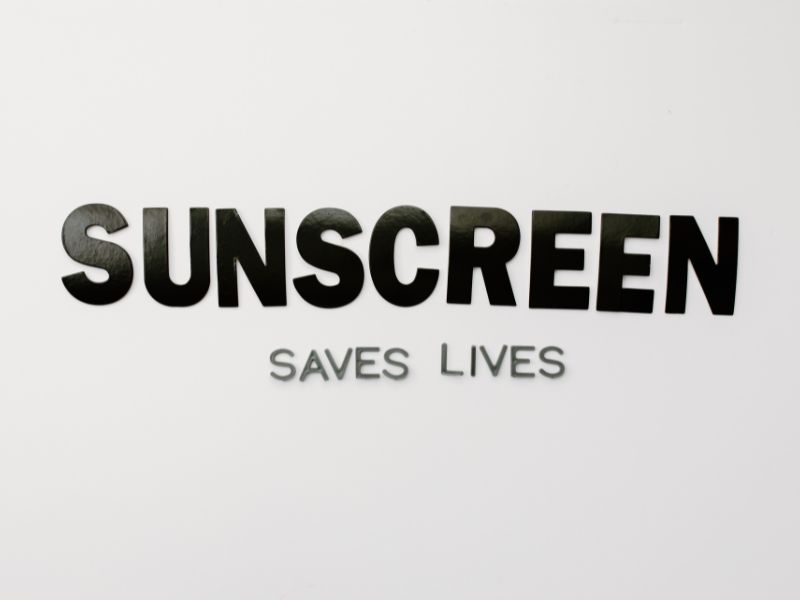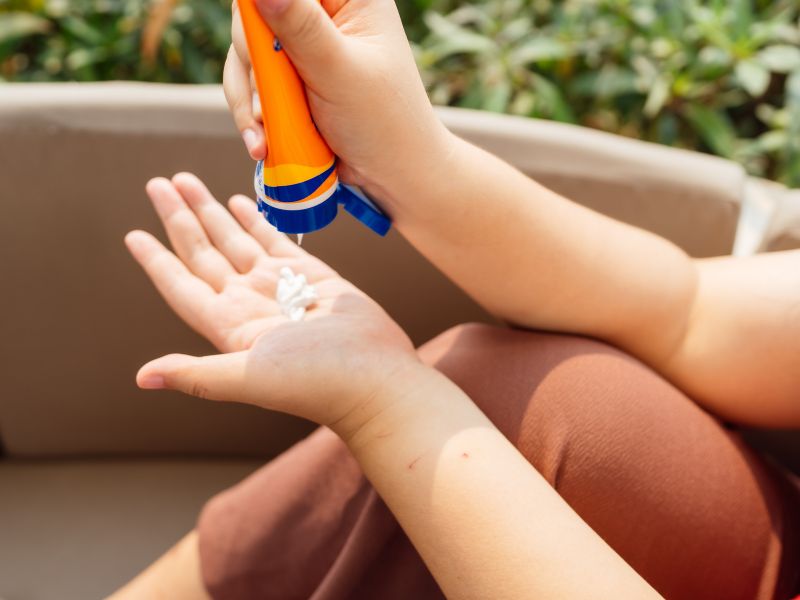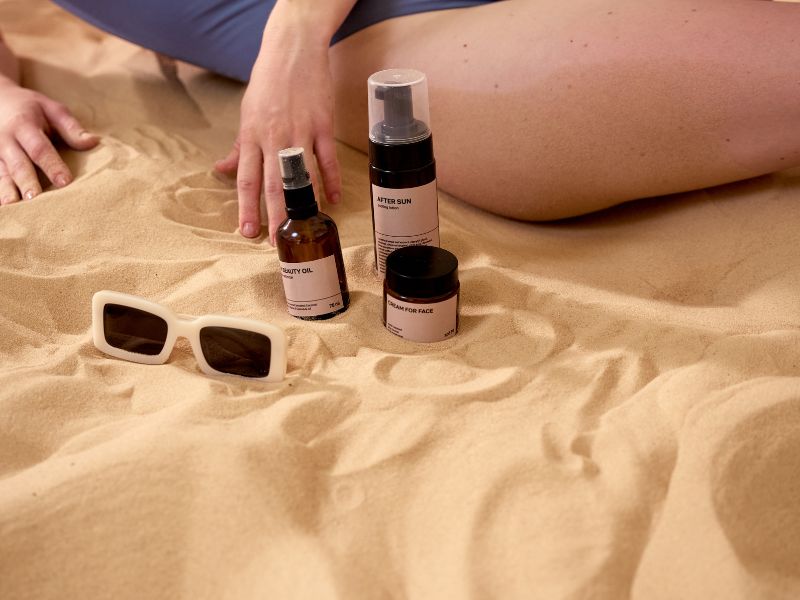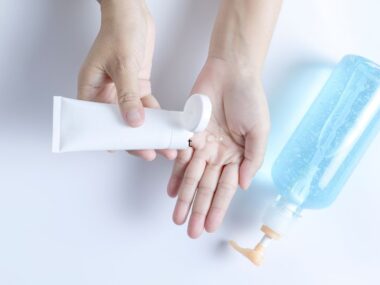Sunscreen provides vital protection against the damaging effects of UV radiation from the sun, making it a necessary component of everyday skincare routines. The question of how frequently it should be applied once in the morning, every few hours, or solely on bright days is frequently unclear, though. The science underlying sunscreen, the significance of reapplying, and the particular elements that influence how frequently you should apply it each day will all be covered in detail in this article.
Why Sunscreen Matters
It helps to grasp what sunscreen performs to comprehend why reapplication is required. UVA and UVB rays are the two main forms of UV radiation that sunscreen shields the skin against. While UVB rays are the primary cause of sunburn, UVA rays have the potential to prematurely age skin cells and cause long-term skin damage. Both kinds increase the chance of developing skin cancer.
Types of Sunscreens: Chemical vs. Physical
There are two main categories of sunscreens:
- Chemical Sunscreens – Contain organic compounds like oxybenzone or avobenzone that absorb UV rays, converting them into heat, which is then released from the skin.
- Physical (Mineral) Sunscreens – Use ingredients like zinc oxide or titanium dioxide to form a barrier that reflects UV rays away from the skin.
The choice of sunscreen type doesn’t necessarily impact how many times a day you need to apply it, but each has its pros and cons in terms of skin sensitivity, feel, and potential for irritation.
How Often Should I Apply Sunscreen Daily?
Dermatologists recommend applying sunscreen every two hours, especially when you’re outside. However, several variables, including skin type, SPF rating, degree of exercise, and even time of day, might affect this frequency.
Initial Application
Apply a large amount of sunscreen at the beginning of the day. Ideally, you should do this 15 to 30 minutes before you walk outside as part of your morning skincare regimen. Applying sunscreen first thing in the morning provides a protective foundation whether you’re working indoors or out.
Every Two Hours Outdoors
Dermatologists advise reapplying sunscreen every two hours when you are outside in direct sunshine. Over time, UV rays can reduce the efficacy of sunscreen, particularly when you perspire, get wet, or wipe your face.
Post-Swimming or Sweating
Water-resistant sunscreens offer some protection in water or when sweating, but even the most resilient formulas break down after about 40 to 80 minutes. Be sure to reapply immediately after swimming, heavy sweating, or towel-drying to maintain full protection.
At High Altitudes or Near Reflective Surfaces
Sand, snow, and water are examples of reflective materials that may reflect up to 80% of UV rays to you, increasing your exposure to UV radiation. You should reapply more frequently if you’re near reflecting surfaces, such as the beach, a ski resort, or even a hiking trail.
How to Apply Sunscreen Correctly
Proper application is as important as frequency. Most people don’t use enough sunscreen to get the full SPF protection. Follow these steps for the best protection:
- Use Enough Product: For your face, you need about a nickel-sized amount (or a ¼ teaspoon). For your body, dermatologists recommend about one ounce, or enough to fill a shot glass.
- Don’t Miss Key Areas: Commonly missed areas include the ears, back of the neck, tops of the feet, and hands.
- Apply on Clean, Dry Skin: Sunscreen works best when applied to clean, dry skin, so avoid putting it on top of heavy lotions or other products that may interfere with its ability to adhere to the skin.
The Role of SPF in Sunscreen Reapplication
The Sun Protection Factor (SPF) rating on sunscreen is crucial in determining how long it will protect your skin. Generally:
- SPF 15: Blocks about 93% of UVB rays.
- SPF 30: Blocks 97% of UVB rays.
- SPF 50: Blocks around 98% of UVB rays.
SPF denotes the amount of UV radiation that a sunscreen can prevent, not how long it lasts. Most sunscreens require reapplication every two hours, regardless of SPF. For people who spend a lot of time outside, high-SPF sunscreens could be helpful, but they still require regular reapplication.
Indoor vs. Outdoor: How Many Times a Day Should You Apply?
Indoor Application: If you’re mostly indoors, reapplying once or twice may suffice, as windows usually filter out UVB rays but still allow UVA rays through. You can apply in the morning and then reapply at midday if you’re sitting near windows or spending short periods outside.
Outdoor Application: When spending the day outdoors, a two-hour reapplication rule is essential. Exposure to direct sunlight and environmental factors such as humidity, sweat, and water all contribute to reduced effectiveness.
Special Situations That Require More Frequent Application
After Swimming or Sweating
Water-resistant sunscreens usually protect for up to 40-80 minutes when swimming or sweating. Even so, these should be reapplied immediately after you leave the water or finish exercising.
During Exercise
Exercise increases sweating, which can degrade sunscreen. Reapplying every hour, rather than every two hours, may be necessary if you’re doing high-intensity activities outdoors.
Using Makeup with SPF
Some foundations or tinted moisturizers contain SPF. However, these alone may not provide adequate sun protection throughout the day. Apply a broad-spectrum sunscreen underneath your makeup and consider a reapplication every few hours.
Myths About Sunscreen Reapplication
Several misconceptions about sunscreen often lead to improper application habits.
Myth 1: High SPF Means No Need to Reapply
SPF only measures UVB protection. A higher SPF doesn’t mean longer-lasting protection. No matter the SPF, reapply every two hours for consistent coverage.
Myth 2: Dark Skin Doesn’t Need Sunscreen
All skin types are vulnerable to UV damage. Although darker skin has more melanin, which provides some natural protection against UV rays, it doesn’t fully prevent sun damage or reduce cancer risk.
Myth 3: Sunscreen in Makeup Is Enough
SPF in makeup is often insufficient. A standalone sunscreen applied before makeup offers a more consistent and even layer of protection.
Tips for Easier Sunscreen Reapplication
Finding convenient ways to reapply sunscreen can make sticking to a reapplication routine easier:
- Sunscreen Sprays or Powders: These are useful for reapplication over makeup or on the go. Powders are particularly helpful for reapplying on the face without disrupting makeup.
- Setting Sprays with SPF: Setting sprays with SPF can help set makeup while adding another layer of sun protection.
- Tinted Sunscreens: These offer light coverage and often come in convenient stick or compact forms, making it easier to reapply while maintaining a fresh look.
Potential Consequences of Insufficient Sunscreen Use
Failure to reapply sunscreen regularly can lead to both immediate and long-term skin issues:
- Sunburn: Without sufficient protection, UVB rays can burn the skin, which is painful and increases skin cancer risk.
- Premature Aging: UVA rays penetrate deep into the skin, breaking down collagen and elastin, which can cause premature wrinkles, sagging, and dark spots.
- Increased Risk of Skin Cancer: Consistent, unprotected exposure to UV rays is a leading cause of skin cancers, including melanoma, which can be life-threatening if not caught early.






